According to Mr. Mai Van Khiem, Director of the National Center for Hydro-Meteorological Forecasting, Department of Hydro-Meteorology, Ministry of Agriculture and Environment , within just 24 hours, Bach Ma peak in Hue received over 1,600 mm of rain, becoming the place with the largest daily rainfall in Vietnam's history, nearly double the old record that also happened in Hue.
In the course of one and a half days, from the night of October 25 to the morning of October 27, the accumulated rainfall here reached 2,272 mm. In the past 24 hours, at the monitoring station in Nam Dong, the rainfall reached 1,065 mm. This rainfall has far exceeded the historical value recorded at the station in 1999. Many areas in Hue City and Da Nang have experienced major floods; the water level on many rivers has exceeded alarm level 3. Notably, at Khu Oc station, on the afternoon of October 27, the flood level exceeded the historical flood level of 2020.
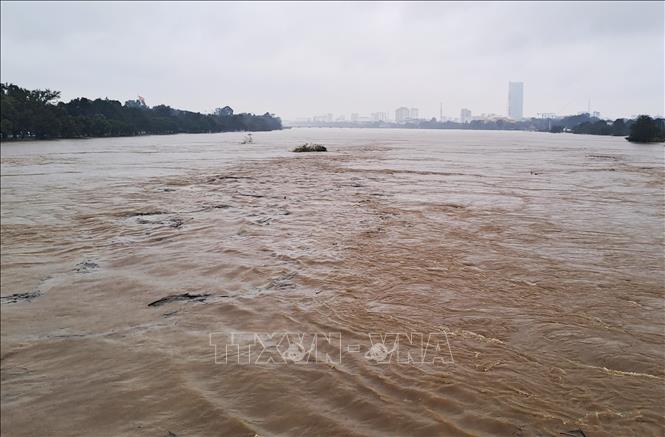
“Rainfall will still be concentrated mainly in the Central provinces from the night of October 27 to October 29. A very heavy rain may occur on the night of October 27. In addition to the risk of flooding in Hue City and Da Nang, special attention should be paid to the risk of flash floods and landslides, which are currently at a very high warning level for the entire mountainous area in the west of the Central provinces. The risk of natural disasters caused by flash floods and landslides is warned at the highest level,” Mr. Mai Van Khiem warned.
Regarding the cause of the exceptionally heavy rain in the Central provinces, Mr. Mai Van Khiem said that it was due to the combination of low-level cold air, the tropical convergence zone rising from the South, plus the humid East wind field operating from 1,500-5,000 m, this is one of the typical heavy rain patterns in the Central region, the exceptionally heavy rains that lasted for a long time were all caused by this weather combination.
It is forecasted that in the next 2 days, the cold air mass, tropical convergence zone, and East wind will still be active. From the evening of October 27 to the end of October 29, in the area from South Quang Tri to Da Nang City and the East of Quang Ngai Province, there will be heavy to very heavy rain with common rainfall in South Quang Tri and the East of Quang Ngai Province of 200 - 400 mm, locally over 700 mm, Hue City and Da Nang City commonly 300 - 500 mm, locally over 800 mm; the area from Ha Tinh to North Quang Tri will have moderate rain, heavy rain and thunderstorms with common rainfall of 100 - 200 mm, locally over 350 mm.

From the night of October 29 and October 30, when the East wind tends to gradually decrease, in the area from Ha Tinh to Da Nang City and the East of Quang Ngai province, there will be moderate rain, heavy rain and thunderstorms with common rainfall from 50 - 100 mm, locally very heavy rain over 200 mm. From the night of October 30, heavy rain tends to gradually decrease in the South and gradually move to the North of the Central region.
Further, Mr. Mai Van Khiem said that from now until the end of 2025, there will be about 2-3 storms/tropical depressions operating in the East Sea and about 1-2 storms affecting our country.
“From now until about the first half of December 2025, moderate and heavy rains are likely to continue to appear in the Central region, concentrated in the area from Ha Tinh to Da Nang, Khanh Hoa and the eastern region of the provinces from Quang Ngai to Dak Lak. It is forecasted that in November 2025, the total rainfall in most regions across the country will generally be 10-30% higher than the average of many years, and even higher in some places; in the Northern region, it will be at the same level as the average of many years, except for the Northern mountainous region, which tends to be about 10-20% lower than the average of many years in the same period,” said Mr. Mai Van Khiem.
In December 2025, total rainfall in the provinces from Quang Tri to Da Nang and the eastern region from Quang Ngai to Dak Lak will generally be from 250 - 580 mm, 50 - 150 mm higher than the average of many years; in the Northern region and Thanh Hoa - Ha Tinh provinces, it will generally be from 15 - 40 mm, in Ha Tinh alone, the total rainfall will generally be 80 - 150 mm, 5 - 10 mm lower than the average of many years in the same period. In other areas, the total rainfall will generally be from 40 - 80 mm, 10 - 40 mm higher than the average of many years in the same period.
Source: https://baotintuc.vn/xa-hoi/luong-mua-qua-lon-tai-hue-va-da-nang-trong-mot-ngay-da-pha-vo-moi-ky-luc-20251027201310411.htm



![[Photo] Draft documents of the 14th Party Congress reach people at the Commune Cultural Post Offices](https://vphoto.vietnam.vn/thumb/1200x675/vietnam/resource/IMAGE/2025/10/28/1761642182616_du-thao-tai-tinh-hung-yen-4070-5235-jpg.webp)



![[Photo] President Luong Cuong attends the 80th Anniversary of the Traditional Day of the Armed Forces of Military Region 3](https://vphoto.vietnam.vn/thumb/1200x675/vietnam/resource/IMAGE/2025/10/28/1761635584312_ndo_br_1-jpg.webp)





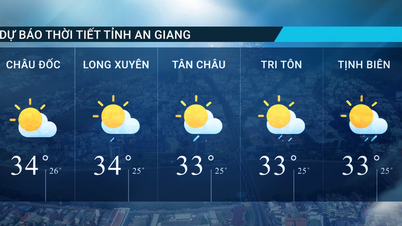



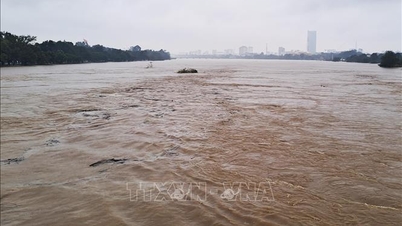

















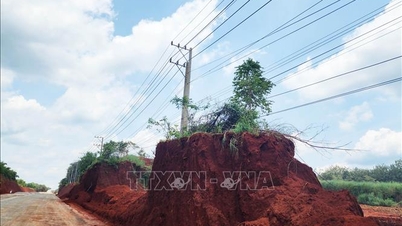
![[Photo] The 5th Patriotic Emulation Congress of the Central Inspection Commission](https://vphoto.vietnam.vn/thumb/1200x675/vietnam/resource/IMAGE/2025/10/27/1761566862838_ndo_br_1-1858-jpg.webp)





































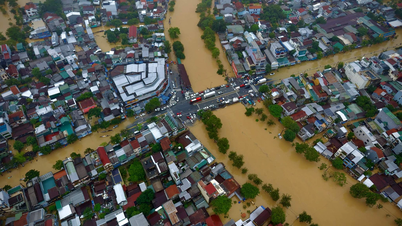





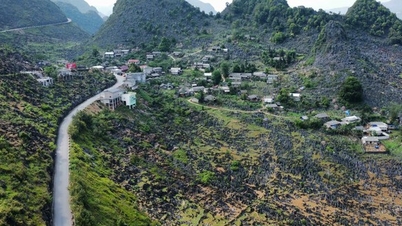





























Comment (0)